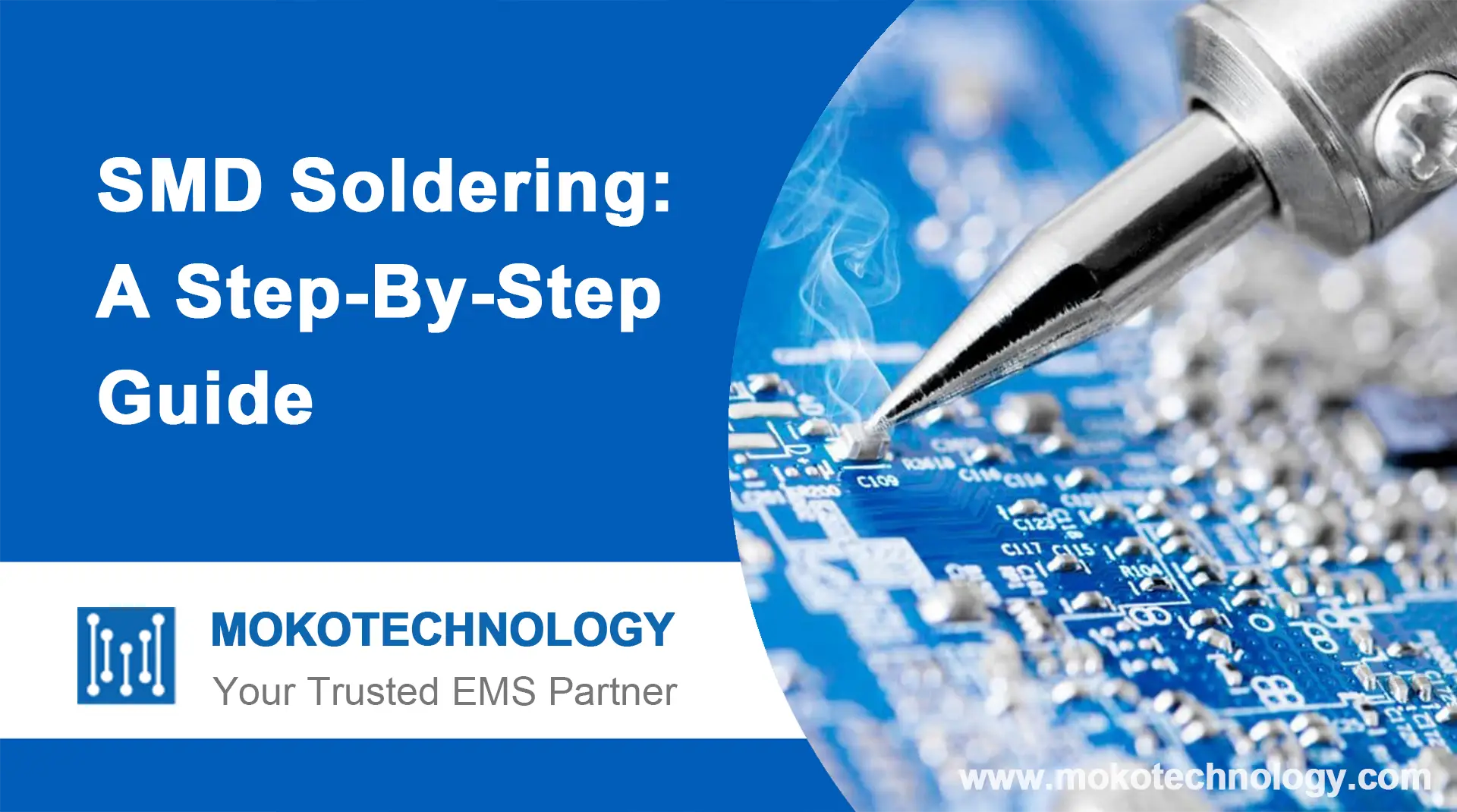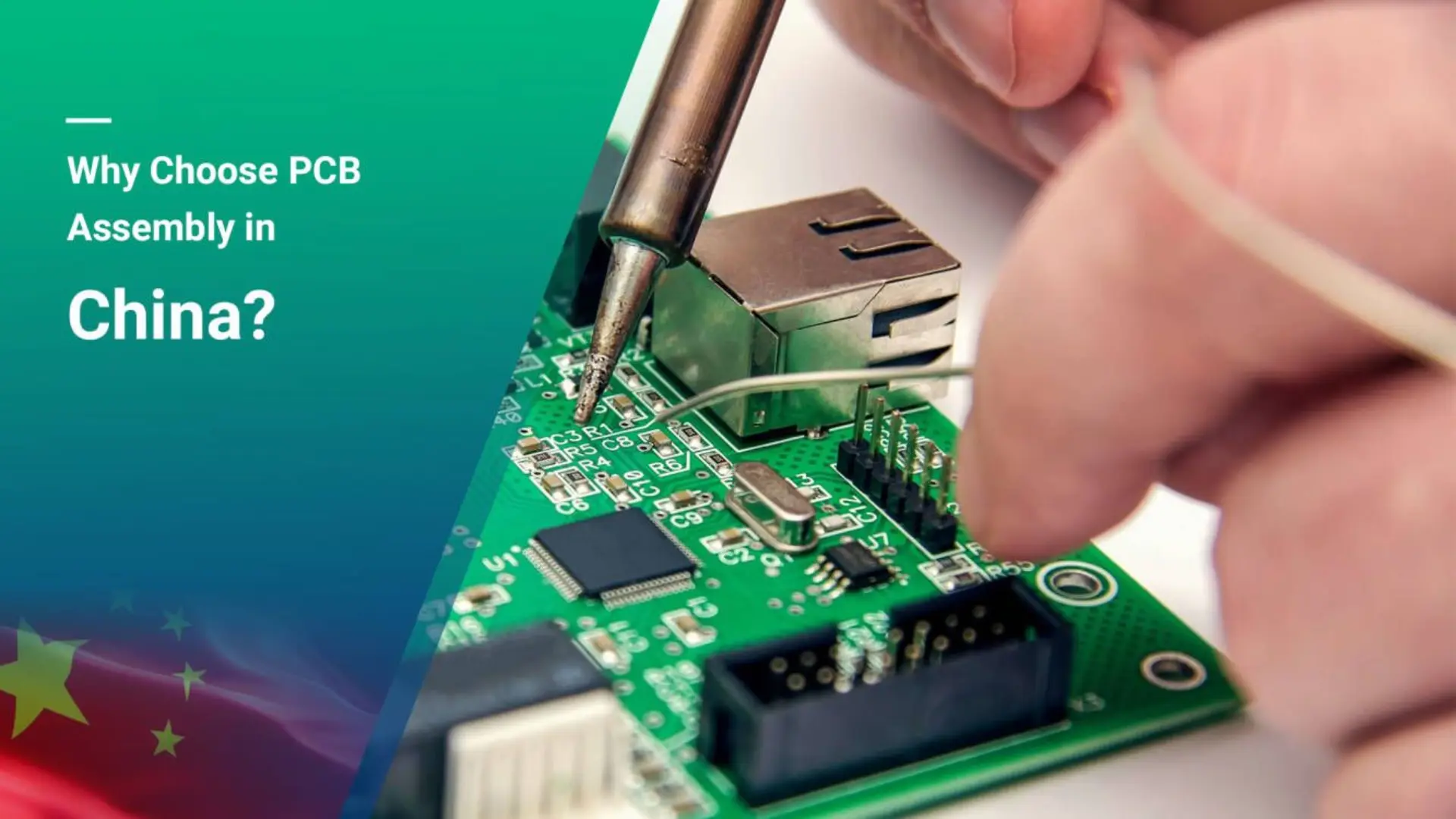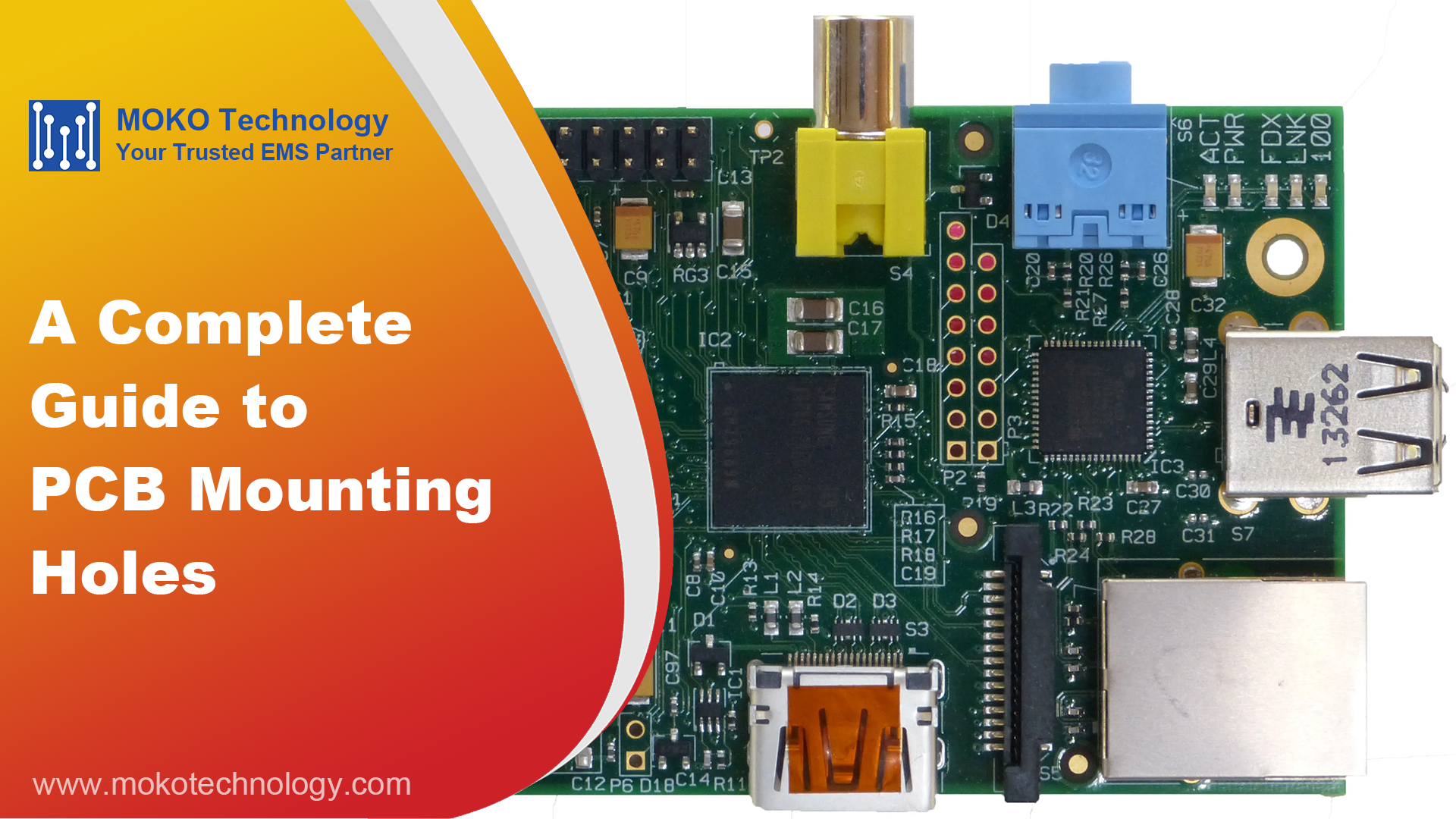No. Paste mask is normally used only for reflowing surface mount components, while the through hole components are soldered either manually or by wave solder bath at a later stage.
If you have through hole parts and the surface mount components on the bottom side, the paste mask stencil is not required, as the parts will all be soldered at once in a wave solder bath. This process requires you to generate a glue dot coordinates file, which will be used to place a dot of glue under the surface mount component and that will keep the part in place during the soldering process.
If the only through hole parts in the PCB were the connectors, it is also possible to reflow through hole components with solder paste. That requires some tweaking to get the right pad size and stencil opening. All we need to do is to have a larger pad on the top side, so that there was enough paste on the pad to wick down the hole and ensure a solid solder joint.
Read More: THT PCB Assembly
#PCB Assembly



